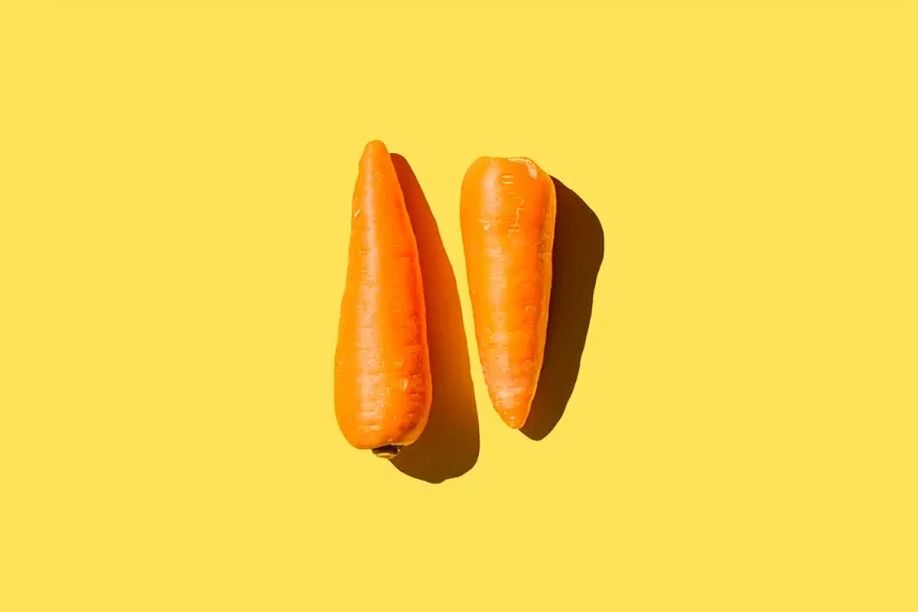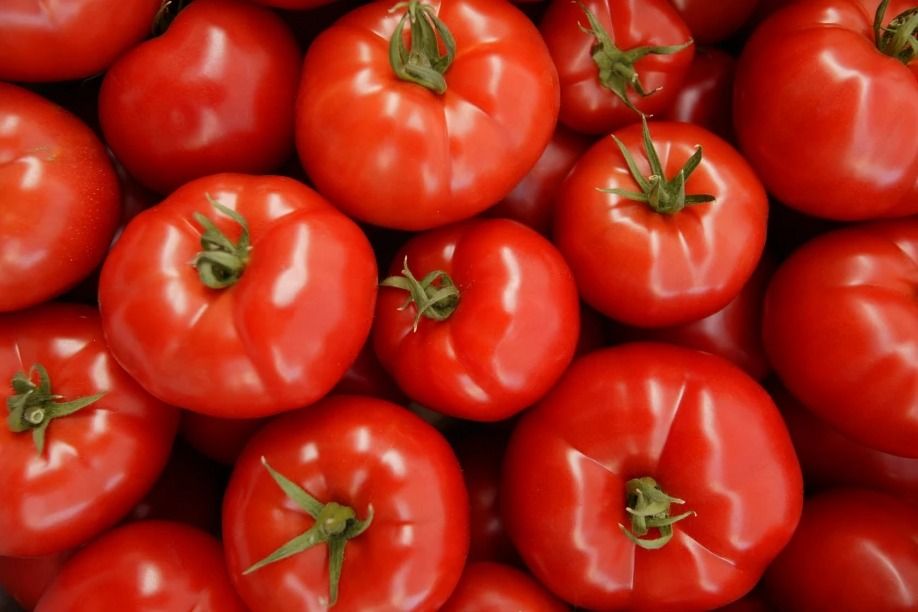
“
Explore the fascinating world of vegetables with us as we uncover intriguing facts that showcase nature's colourful wonders. Beyond their vibrant hues and delicious flavours, vegetables are packed with essential nutrients that contribute to our health and well-being. Join us on this journey to discover their unique qualities, nutritional benefits, and cultural significance.1
1
”
Tearless onions have been developed through genetic modification to produce fewer sulphur compounds, which are responsible for causing eye irritation. These onions allow for a more comfortable cooking experience without the usual discomfort. 1
Advanced technologies like GPS, GIS, AI, robotics, and sensors are transforming vegetable farming. These tools enable precision agriculture, optimizing resource use, maximizing yields, and enhancing vegetable quality.2
Kale surprisingly contains more vitamin C than oranges, making it a powerful alternative for boosting your immune system. So, next time you’re looking to up your vitamin C intake, consider kale—it’s a secret that oranges might not appreciate! 3

Baby carrots are not harvested prematurely; they are actually regular carrots that have been cut and shaped to a smaller size. They are processed from larger carrots to create a convenient and visually appealing snack.
Did you make a mistake in your writing or drawing and need a quick fix? The outer waxy coating of a cucumber can actually help remove ink. Just use the cucumber's surface to rub away the error and correct your work gently! 4
Once upon a time, celery wasn’t just a humble vegetable but was revered as a medicinal herb. Ancient cultures valued it for its health benefits, using it in various remedies and treatments long before it became a common salad staple. 5
When harvested correctly, the entire beetroot plant is entirely edible, including its vibrant leaves. Both the beetroot and its greens can be enjoyed, offering a range of culinary possibilities and nutritional benefits from root to leaf. 6
Cooking vegetables can increase the bioavailability of certain nutrients. For example, cooking spinach can enhance the absorption of its iron content. This process can make the nutrients more accessible and beneficial for your body. 7
The earliest known carrots weren’t the familiar orange we see today; they were originally white and purple. These vibrant colors were the norm in ancient times before the orange variety was cultivated and popularized in later centuries. 8

Although botanically classified as a fruit, tomatoes are legally considered vegetables in the U.S. This classification stems from a Supreme Court ruling in 1893, which was based on their culinary use and economic implications.
The part of broccoli that we eat consists of unopened flower buds. It belongs to the cabbage family, making it a cruciferous vegetable. This nutritious plant is valued for its rich vitamin content and health benefits. 9
Peeling vegetables like carrots, potatoes, and cucumbers removes valuable nutrients and fiber, which are often found in the skin or just beneath it.So it's better to eat vegetables unpeeled. 10
Eating carrots does not actually improve night vision, despite popular belief. This misconception originated from WWII British propaganda, which falsely claimed carrots enhanced night vision. 11
Many vegetables, like kale and tomatoes, contain natural toxins such as alkaloids and oxalic acid, but in small amounts, they're harmless. However, those with kidney stones or gout should limit spinach and asparagus. 12
Beetroot can be more effective than soup for a hangover cure and can temporarily dye blonde hair red. Rich in betaine, it helps with depression. Beet juice changes color in acidic solutions to pink and in alkaline solutions to yellow. 13
Cucumbers are versatile plants that don’t only thrive in soil but can also grow in water! This method of cultivation, known as hydroponics, allows cucumbers to develop in a nutrient-rich water solution. 14
Kale Yeah! This leafy green packs more calcium per calorie than a glass of milk, making it an impressive nutritional powerhouse. Rich in vitamins and minerals, kale supports bone health and overall well-being, making it a top choice for a healthy diet. 15

In 2001, a remarkable beetroot set a world record by weighing an astonishing 23.4 kg, making it the heaviest ever recorded. This giant beetroot's extraordinary size garnered it a prestigious spot in the Guinness World Records.
Potatoes were the first vegetables to be grown in space, with the achievement occurring in 2015 aboard the International Space Station (ISS). This milestone in space agriculture proved that growing crops in space is feasible. 16
The idea of negative-calorie foods, like celery and kale, suggests they burn more calories during digestion than they provide. However, this isn’t true. Celery has about 6 to 10 calories per stalk, with digestion only using about 0.5 calories. 17


